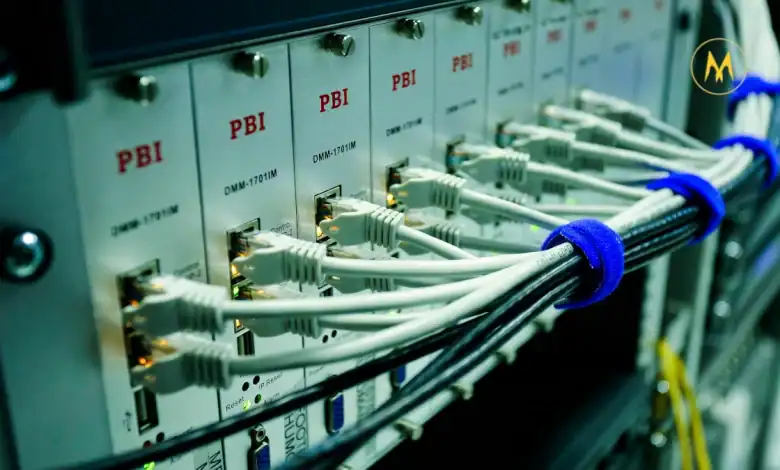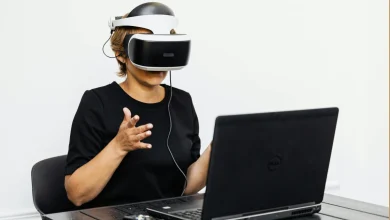5G in the United States: Coverage, Speed, and What to Expect in 2025
Everything You Need to Know About 5G in the U.S. This Year

Introduction
The fifth-generation mobile network, widely known as 5G, has revolutionized the way people connect and consume data. In the United States, the rollout of 5G continues to expand, offering faster speeds, lower latency, and broader connectivity. As 2025 unfolds, understanding 5G’s performance, coverage, and impact is crucial for both consumers and businesses.
This article explores the state of 5G in the U.S., its speed benchmarks, nationwide coverage, and what users should anticipate in the near future.
5G Network Coverage Across the United States
Major network providers—Verizon, AT&T, and T-Mobile—have all pushed to extend their 5G coverage nationwide. T-Mobile currently leads in 5G availability, reaching more than 320 million people, while Verizon and AT&T continue to strengthen their mid-band and high-band 5G footprints.
Urban areas enjoy more consistent 5G signals, but rural regions are catching up through expanded infrastructure and government support programs. As a result, more Americans now have access to basic 5G signals, though performance varies by region.
5G Speed and Performance in 2025
ALSO READ: iPhone 17 Release Date: What to Expect and When to Get Excited
Speed is a major selling point of 5G. In the U.S., average download speeds range from 100 Mbps to over 1 Gbps depending on the provider and location. T-Mobile consistently ranks high for both speed and reliability, particularly in suburban and city environments.
5G Ultra Wideband and mmWave technologies are pushing speeds beyond what was once possible on 4G LTE, enabling high-definition streaming, AR/VR applications, and seamless mobile gaming.
Impact of 5G on Daily Life and Businesses
5G technology supports more than just smartphones. It’s transforming industries such as healthcare, agriculture, manufacturing, and transportation. Remote surgery, smart farming, autonomous vehicles, and real-time logistics are just a few examples of what’s now possible thanks to 5G.
For individual users, 5G enhances experiences like cloud gaming, video conferencing, and content consumption with minimal lag or buffering. This makes remote work and entertainment more immersive and reliable than ever before.
What to Expect from 5G in 2025 and Beyond
By the end of 2025, 5G will likely cover over 95% of the U.S. population. More mid-band spectrum allocations and the launch of 5G standalone (SA) networks will offer better performance with less reliance on existing 4G infrastructure.
Consumers can also expect broader device compatibility, including affordable 5G smartphones and IoT gadgets. The growth of private 5G networks in enterprise settings will open new revenue streams and enhance productivity.
Investments in edge computing and AI-driven network management will further optimize data routing and reliability, making 5G smarter and faster.
Final Thoughts
5G in the United States is more than a technological upgrade—it’s a catalyst for innovation across all sectors. With expanded coverage, faster speeds, and evolving capabilities, users can expect a truly connected digital experience.
ALSO READ: Top 5 Best Ring Cameras for Home Security [2025 Review]
Whether you’re a business owner, tech enthusiast, or everyday mobile user, keeping up with 5G developments ensures you stay ahead in a rapidly changing digital world.
Frequently Asked Questions (FAQs)
T-Mobile leads in 5G coverage, followed by Verizon and AT&T.
Yes, rural areas are gradually receiving 5G through infrastructure investments and federal initiatives.
5G is significantly faster, with speeds 10 to 100 times higher than 4G LTE.
Yes, a 5G-compatible device is required to access 5G networks.
Initially, 5G can drain battery faster, but newer devices and network optimizations are improving efficiency.




